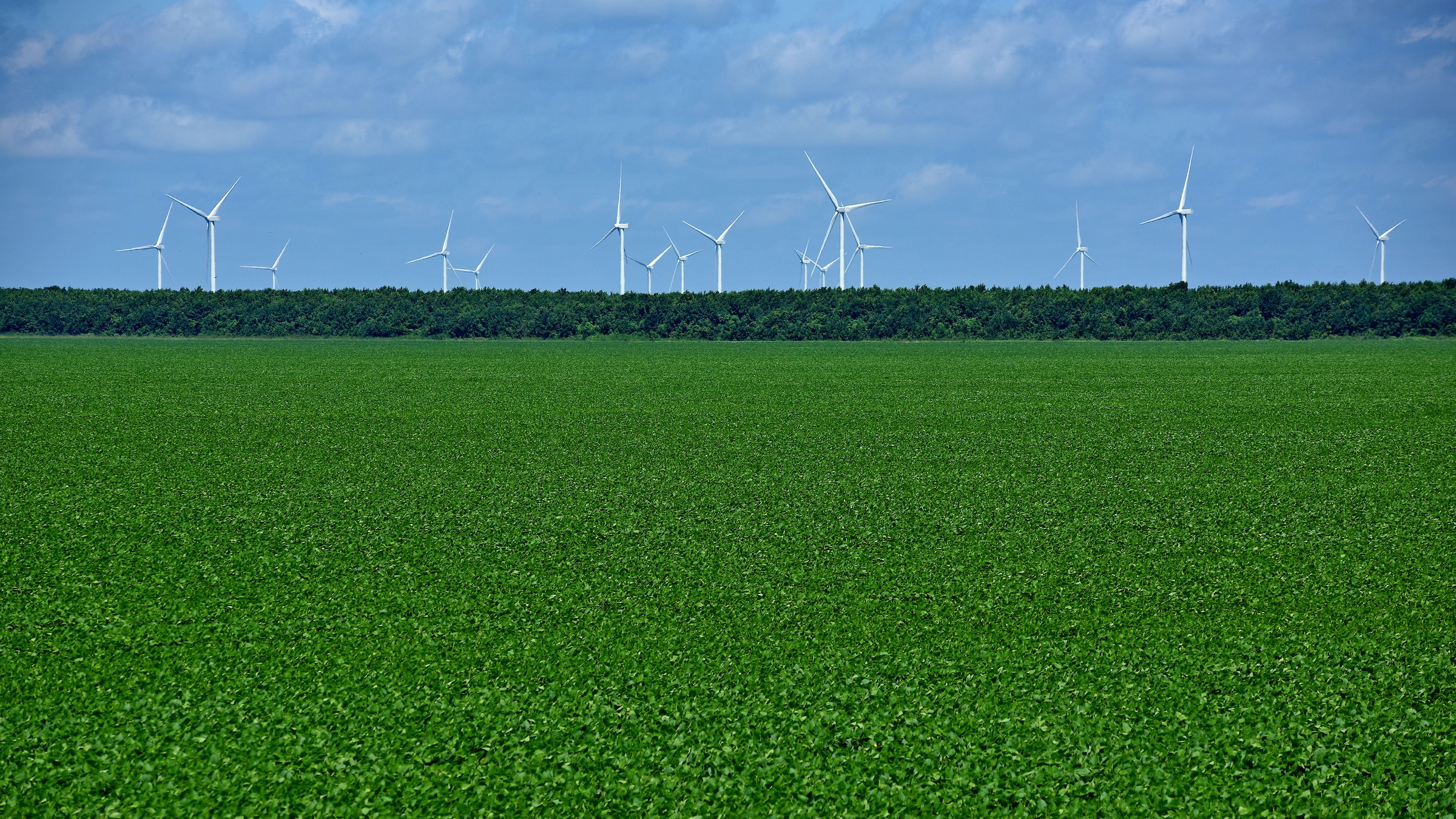Emissions, Transmission, and the Environmental Value of Renewable Energy

Wind-powered electricity generation has grown tremendously in the U.S. in the past decade such that it is now the country’s single largest source of renewable energy generation. However, this wind generation development has not been evenly distributed geographically. Most of the wind generation in the U.S. comes from the relatively unpopulated regions running from the west parts of Texas up to southern Minnesota. Thus, this renewable energy must often be transmitted long distances to serve the more populated demand centers. Given the limited amount of transmission capacity, electricity grids often get congested and this congestion can prevent wind energy serving high demand areas. This grid congestion can then affect the market value of the wind energy as it limits the access to regions with high demand. Perhaps less obviously, though, a recent study (“Emissions, Transmission, and the Environmental Value of Renewable Energy”, forthcoming in the American Economic Journal: Economic Policy) by CEnREP affiliate and Interim Director Harrison Fell, along with colleagues Daniel Kaffine (CU-Boulder) and Kevin Novan (UC Davis), shows that this congestion can also limit the environmental benefit of the wind energy.
The research identifies two channels by which congestion affects the environmental value of wind energy; what Fell and co-authors refer to as the levels and location effects. When the grid is congested more wind generation will only offset generation from plants in its vicinity and depending on how much dirtier or cleaner those plants are relative to the grid as a whole, the congestion will affect level of emissions offset. In addition, by offsetting generation and associated emissions of plants near the wind generation during congested periods, the congestion affects the location of the emission reductions. “The location channel can be really important” says Fell, “and the reason is that reducing emissions from pollutants like SO2 and PM2.5 near population centers creates more benefits because there is a larger affected population than when you reduce emissions in the relatively sparsely populated regions where wind generators are often placed.”
To empirically examine this environmental cost of congestion issue, the authors gathered generation and emissions data, as well as estimates of county-specific emission damages for several pollutants, from two relatively wind-heavy electricity market regions, the ERCOT regions, which covers most of Texas, and the MISO region, which covers most of the upper-Midwest. For the ERCOT market, where the wind generation is in the west and the major population centers are in the east, the authors found that the environmental value of wind energy, when accounting for region specific damages of emissions, is around $50 per mega-watt hour (MWh) of production, but this value is reduced by about 25% in congested hours. In MISO, where the wind generation is similarly concentrated in the western portion of the market region, the environmental value of wind is about $85/MWh, but is decreased by about 10% when there is transmission congestion.
These results have important implications for both transmission expansion and renewable generation siting. “Utilities have been spending billions of dollars in recent year expanding transmission networks. A lot of this is to better connect high demand areas with areas that generate renewable power. This is largely done to improve the market value of renewable generation, but our work shows it also can have large non-market value as well and if regulators and utilities consider these additional benefits, there may be motivation for even more transmission expansion” notes Fell. In addition, Dr. Fell believes these findings likely hold for other renewable sources. “In North Carolina, we have a considerable amount of solar generation capacity sited in the more-rural eastern part of the state, while the population centers are in central and western North Carolina. To capture the full market and environmental value of this solar, there has to adequate transmission capacity to move that solar power west so that it can serve the high demand regions and offset some of the high emission plants near the state’s population centers.”
- Categories:


